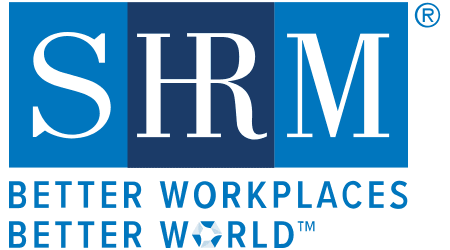Your total human resources partner.
Managing employee information and data too time consuming?
Streamline your HR.
Have peace of mind knowing your human resources processes, policies, and systems are effective and in compliance. Simco can improve your processes while reducing administrative costs. Outsource various elements of your HR function to maximize efficiency while minimizing risk.
Ready to be effective & compliant with HR?
Want to reduce your exposure, risk, and internal HR administrative costs?
We offer a wide range of HR services.
HR Support
We provide a way to reduce your risk and maintain compliance while decreasing your frustration and worry. Our cost-effective HR services allow you to reduce the overhead costs of hiring additional HR professionals to your team. We provide HR support to answer questions and proactively inform you on laws and regulations so you can be ready, prepared, and compliant.
Outsourcing your various employment related tasks can be more productive, or perhaps necessary because there’s not enough time in the day, resources, or expertise.
Compliance
With our annual HR Assessments, we can inform you as to how well your business is complying with federal, state, and local laws and regulations. Our assessments consist of a systematic review of your HR policies, procedures, strategic direction, structure, resources and more. We will review your methods of creating and maintaining your employee personnel files, including your I-9’s, to ensure all information captured is in compliance. If it is not, we will provide the assistance and guidance you need to maintain that compliance.
We work to help protect your business, while establishing best practices and discover areas that may need improvement to be legally adequate or effective.
Employee Handbook
It’s important to clearly communicate the relationship and responsibilities of the employee and the employer. Let us work with you to provide a comprehensive handbook that establishes guides that protects the employer from being held liable. We’ll help you determine your expectations, rules and compensation, benefits, HR issues, time off, workers’ compensation, employee performance reviews, discipline and rewards, drug and alcohol policies and more.
Our employee handbooks are attorney reviewed and structured in a way that meets the unique needs of your business.
Sign up for our newsletter.
Why should you work with us?
Learn more about us.
At Simco, we understand that managing a business can be challenging, especially when you have limited time and resources. That's why we offer a full suite of solutions, including payroll/HCM technology, employee benefits, HR advisory services, commercial insurance, and 401k/retirement solutions, as well as personal insurance options. We take the time to understand your unique needs and tailor our services to meet them.
What sets us apart is our focus on seamless integration across all our service verticals. You'll work with a Client Success Manager who oversees all your needs and ensures all services, from HR and payroll to insurance and benefits, connect smoothly. Each business vertical also has dedicated account managers and HCM specialists that provide day-to-day client support.
At Simco, we’re committed to making things simpler for you. Whether it's staying compliant with regulations, proactively addressing business changes, or ensuring everything runs smoothly, our team is here to help. Let us be your trusted partner in optimizing your business operations, so you can focus on growth and success.
Ready to save time? Have a question?
We have a lot to say about HR
Recent Blog Posts.











